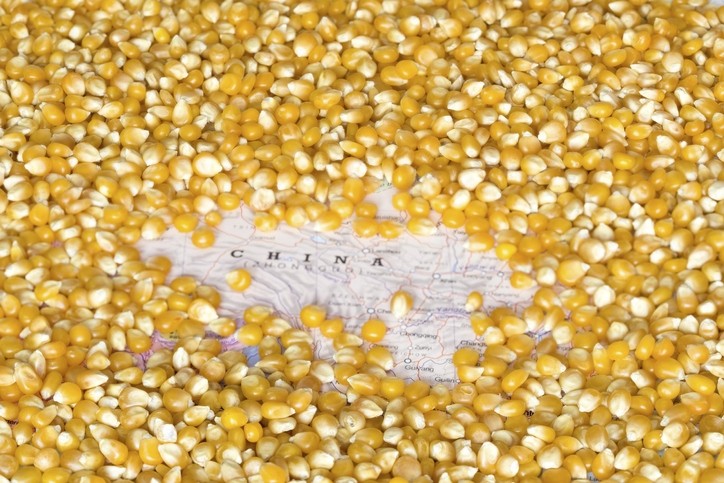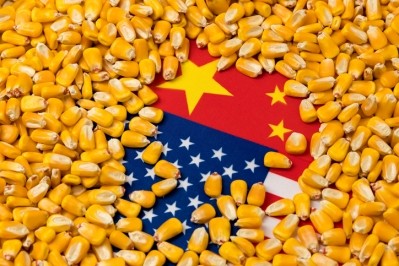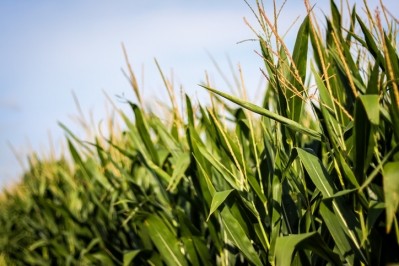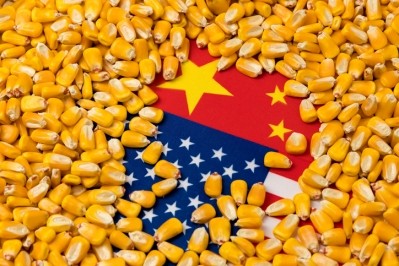Analysts predict strong import demand from China for corn over the coming years

Suppliers continue to look for clarity in relation to China’s expected import level, particularly on corn, for which global supplies are expected to tighten further, noted those analysts.
Forecasting China's grain demand is a challenge due to opacity of information on crop conditions, production, consumption, and stock levels, they stressed.
“This was why when China suddenly placed huge orders for corn from the US in 2020, above its annual tariff quota, it took the market by surprise.”
China's imports of grains such as barley, sorghum, and wheat also rose in 2020 and continue to grow in 2021, they said
Corn deficit, auctions
The Asian behemoth has been facing a corn supply deficit since at least 2016, which has been addressed by auctions of huge corn reserves acquired before that date, reported the analysts.
The country sold about 57 million mt of corn in its 2017 auction, over 100m mt in 2018, about 22m mt in 2019 and 58.05m mt in 2020, according to data from the China's National Grain Trade Center.
While not all of the auctioned corn would have been consumed, the sheer size of volumes of corn bought by traders and end-users indicates the extent of corn supply deficit in the country, said the S&P Global analysts.
“As long as the supply deficit was being met from reserves and imports remained well below the annual quota, there was limited focus on China's corn market, but the recent surge in imports has now got the attention of big suppliers, especially the US.”
China's market is currently open only to imports from the US and Ukraine.
“If China's buying is sustained over the coming years, the global prices could be very stable or move considerably higher depending upon the supply situation.”
Demand-supply gap
Beijing’s announcements encouraging livestock and poultry producers to reduce the use of soymeal and corn by replacing them with alternative feeds, increasing the acreage available for planting for the first time in several years, and adding grains output to its macroeconomic control targets underscores the deficit in feed grains, remarked the analysts.
They also noted that data would indicate that feed grain demand in China has not been met through local production and the government has had to dip into reserves along with imports to bridge the demand-supply gap even when meat production fell.
“If we look at China's meat production prior to 2018, the last time it was below 80 million mt was in 2010. The five-year average of China's meat production before 2018 was at nearly 87 million mt. Even a conservative estimate of the future meat production will be considerably higher than the levels seen in 2019 and 2020, which would also mean higher demand for feed grains.
“Without the periodical grain auctions and increase in production, import of feed grains in the coming years could easily go post-2020 levels.”












